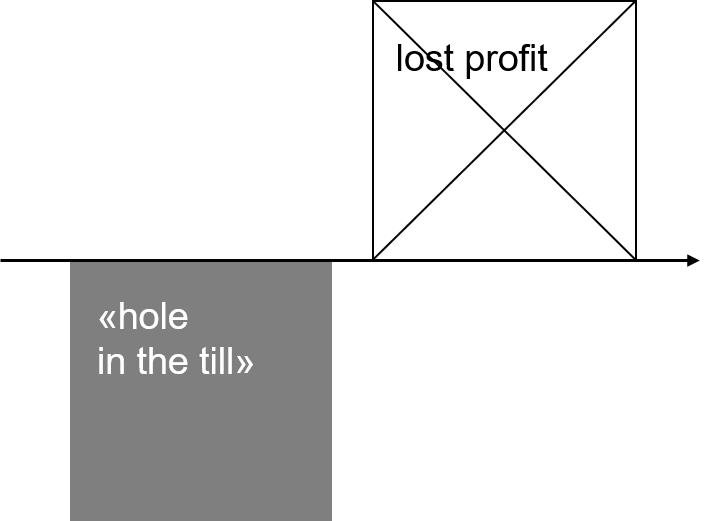According to Swiss Liability law, Code of Obligations, CO 41, any person who unlawfully causes damage to another, whether wilfully or negligently, is obliged to provide compensation.
A prerequisite for liability according to CO 41 is therefore an intentional or negligent illegal behaviour as well as a resulting (causal) damage.
Any behaviour that violates any Swiss legal rule is illegal in the sense of CO 41. This must be either intentional or negligent. Negligent means that the person causing the damage does not comply with his or her legal duty of care under the given circumstances.

A loss according to CO 41 is deemed to have occurred if there is a difference in the assets of the injured party before the damaging event and after the damaging event. Two main situations are (somewhat simplified) conceivable here. Either the affected party effectively has a «hole in the till» (effective damage; e.g. in the case of a car crash because of the costs of repair) or he or she misses out on a future possible profit (lost profit; e.g. in the case of loss of wages; see graph). Insurance companies in particular also differentiate between damage to person (e.g. injury), damage to property and other damages, i.e. damage that is neither damage to person nor damage to property (e.g. financial loss or damage to property that a lawyer causes his client through an mistake in the process, see also above).
According to CO 41, there must also be a connection, legally speaking a causal connection, between the unlawful behaviour and the damage. In the case of a causal connection, a distinction is made between the natural and the adequate, the latter being a prerequisite under CO 41. For example, there is a natural causal connection between a murder and the birth of the murderer in the sense that the murder would not have happened if the murderer had not been born. However, according to CO 41, this means that the parents of the murderer who fathered him cannot be held responsible for the murder. This is where the lawyers intervene with the adequacy to correct the situation. This is essentially a question of foreseeability. This is obviously not the case with this striking example. However, there are examples of this which are less obvious and therefore more controversial. For example, the question arises as to whether a landlord who serves a guest so much alcohol that he subsequently causes an accident could also be held responsible for the damage according to CO 41.
